THE CRUNCH GROUP
Division of Applied Mathematics
Brown University
Providence, RI 02912, USA
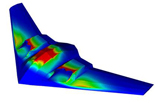
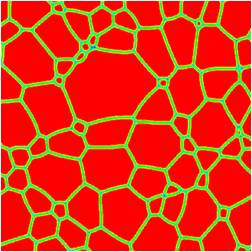
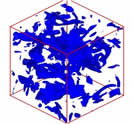
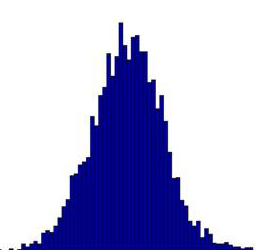
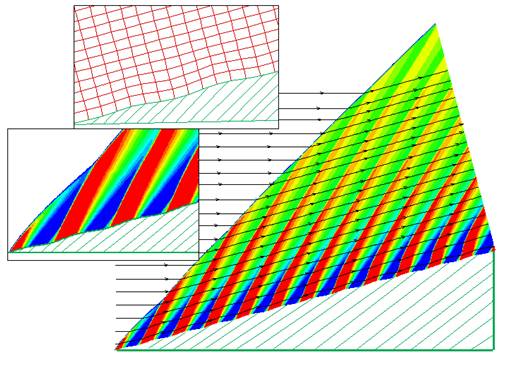
Funding OSD/AFOSR/MURI - FA 9550-09-1-0613 |
||
Multi-scale Fusion of Information for Uncertainty Quantification and Management in Large Scale SimulationsIn collaboration with: Professors Jan Hesthaven and Boris Rozovsky Research Problem: Uncertainty quantification (UQ) is important in many areas of interest to the USAF including electromagnetic scattering, multiscale materials modeling, flow-structure interactions, and aeroacoustic. Incorporating UQ into the conceptual and preliminary design phases is particularly important for revolutionary vehicle concepts and, new design paradigms. Uncertainty arises - in initial/boundary conditions, material properties, and constitutive laws, and geometry - from limited noisy experimental data, lack of uncertainty can be represented in probabilistic terms by the transformation of PDE-based models to stochastic PDEs (SPDEs). Technical Approach: We address the fundamental mathematical problems associated with the analysis/synthesis/design of engineering processes and systems in the presence of uncertainty. An integrated methodology will be developed that proceeds from the initial data driven problem definition to ultimate engineering applications. This general methodology will treat problems of real interest without sacrificing computational efficiency or mathematical rigor, in particular with regards to error assessment at all levels. It is based on a dynamic integration of five areas: (1) Mathematical Analysis of SPDEs and Multiscale Modeling; (2) Numerical Solution of SPDEs; (3) Reduced-Order Modeling and Synthesis of SPDEs; (4) Multiscale Property Estimation; and (5) Optimization/Control in the Presence of Uncertainty. Outcome: We will develop a new rigorous theoretical and computational framework for an end-to-end management of uncertainty in large-scale simulations. The new methods in UQ will lead to predictive modeling that establishes a composite error bar that reflects not only numerical accuracy but also uncertainties in operating conditions, physical properties, and geometry - intrinsic in the posterior SPDE description. Moreover, the stochastic techniques developed will further advance the efficient synthesis of simulation and experiment and, in particular, the design of optimal protocols. Impact: The integrated methodology will lead to certified simulation models, which can be confidently applied to the design, control, and optimization of system performance in the presence of - and realistically incorporating - uncertainty. The applications that will drive the mathematical developments represent key interests of the USAF and include multiscale modeling and design of random heterogeneous materials, automatic identification and EMC/EMI safety certification in electromagnetic problems, minimizing the generation of acoustic noise, and flow-structure interaction in the design of revolutionary air vehicles. Additional information can be found here. |
||
Publications
|